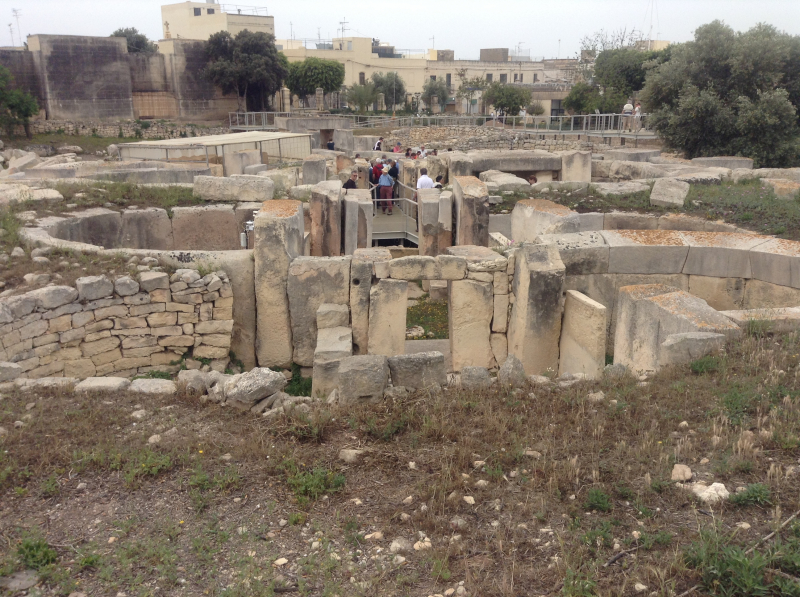Hal Saflieni Hypogeum
Hal Saflieni Hypogeum is a Neolithic subterranean building near Paola, Malta, that dates from the Saflieni period (3300-3000 BC) of Maltese prehistory. Hypogeum, which literally means "underground" in Greek, is a common name for it. The Hypogeum is reported to be a sanctuary and graveyard, with the remains of more than 7,000 persons recorded by archaeologists. The site also created the megalithic Temples and the Xagra Stone Circle and is one of the best surviving instances of Maltese temple-building tradition.
In 1902, laborers were dismantling tanks to create a new residence that had a damaged roof when they found Hypogeum by accident. Manuel Magri oversaw the Museum Committee's excavation, which began in November 1903 and conducted the initial structural investigation. Part of Hal Saflieni Hypogeum's material, including furniture and human bones, was removed during the excavation. Magri died in 1907 while on a trip in Tunisia, and his report on Hal Saflieni Hypogeum was never found. Sir Themistocles Zammit resumed the excavations, trying to recover all he could. In 1910, Zammit began writing a series of studies, and he kept excavating until 1911, depositing his finds at Valletta's National Archaeological Museum. Visitors were initially admitted to the Hypogeum in 1908, while excavations were still proceeding.
Hal Saflieni Hypogeum is fully subterranean and is made up of three stacked stories hewn from soft globigerina limestone, with hallways and chambers connected by a maze-like system of steps, ligaments, and doors. The highest level is supposed to have been occupied first, followed by the expansion and excavation of the middle and lower floors. Some of the chambers in the center appear to be inspired by modern megalithic temples located all around Malta.
In Malta, Hal Saflieni Hypogeum and its museum are major tourist destinations. The museum doors open at 9 a.m., but the ticket line begins to form at about 8 a.m. The National War Museum in Valletta has 20 "last-minute" tickets available for the next day. As a result, visitors should reserve well in advance, as the number of persons allowed per day is limited.
In September 2016, the facility was closed for a 1.1 million euro refurbishment, which was partially funded by a grant from Iceland, Norway, and Liechtenstein. On April 28, 2017, the Minister of Culture officially opened the renovated museum, which features a new climate control system for the Hypogeum as well as an expanded visitor center. After shutting down for a year to enhance its environmental management system, Hal Saflieni Hypogeum returned in May 2017.











